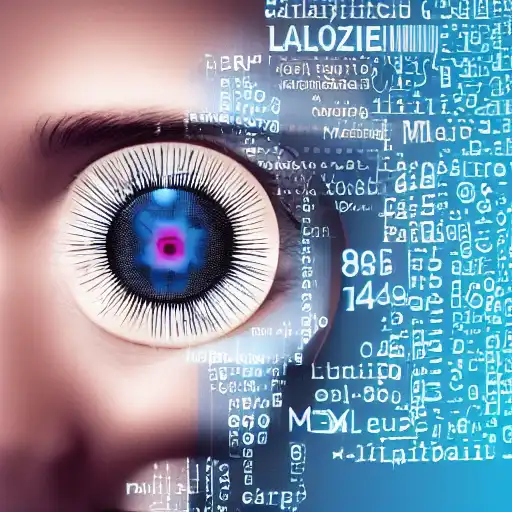
August 22nd, 2023
Welcome back to our Advanced Machine Learning series! In this blog post, we'll explore the exciting domain of Generative Models, where AI systems showcase their creativity by generating new and realistic data samples.
The Power of Generative Models
Generative Models leverage unsupervised learning to understand the underlying distribution of the training data. Once trained, these models can produce new data samples that resemble the training data, unleashing AI creativity in various creative domains.
Key Techniques in Generative Models
- Generative Adversarial Networks (GANs): GANs are a class of generative models introduced earlier in our series. They consist of a generator and a discriminator engaged in an adversarial game, where the generator aims to create realistic data samples and the discriminator aims to distinguish between real and fake samples.
- Variational Autoencoders (VAEs): VAEs are generative models that take an encoder-decoder architecture. The encoder maps the input data into a latent space, and the decoder reconstructs the original data from the latent space. VAEs enable smooth interpolation in the latent space, allowing the generation of diverse and continuous data samples.
- Transfer Learning and Data Augmentation: Generative Models can be used for transfer learning and data augmentation. By training on a large dataset, generative models can generate additional data samples to enrich the training set and improve the performance of downstream machine learning models.
Applications of Generative Models
Generative Models find applications in various domains, including:
- Art Generation: AI systems create impressive art pieces, paintings, and digital artworks.
- Music Composition: Generative models produce new music tracks and melodies, assisting musicians in their creative process.
- Image Synthesis: AI generates realistic images, aiding in applications like style transfer and image-to-image translation.
- Data Augmentation: Generative Models enhance the training data for machine learning tasks, improving model generalization.
Implementing Generative Models with Julia and Flux.jl
Let's explore how to implement a simple Generative Adversarial Network (GAN) using Julia and Flux.jl.
# Load required packages
using Flux
using Flux: mse
# Define the GAN model
function GAN(generator, discriminator)
return generator, discriminator
end
# Define the GAN loss function
function gan_loss(generator, discriminator, real_data, noise_dim, batch_size)
noise = randn(noise_dim, batch_size)
fake_data = generator(noise)
real_labels = ones(batch_size)
fake_labels = zeros(batch_size)
d_real_loss = Flux.binarycrossentropy(discriminator(real_data), real_labels)
d_fake_loss = Flux.binarycrossentropy(discriminator(fake_data), fake_labels)
g_loss = Flux.binarycrossentropy(discriminator(fake_data), real_labels)
return d_real_loss + d_fake_loss, g_loss
end
Conclusion
Generative Models showcase the creative potential of AI, allowing machines to generate new and realistic data samples in domains like art, music, and image synthesis. In this blog post, we've explored Generative Adversarial Networks (GANs), Variational Autoencoders (VAEs), and how generative models enhance art, music composition, and data augmentation.
In the next blog post, we'll venture into the fascinating world of Transfer Learning, where AI systems leverage knowledge from one task to improve performance on another, accelerating learning and adaptation. Stay tuned for more exciting content on our Advanced Machine Learning journey!